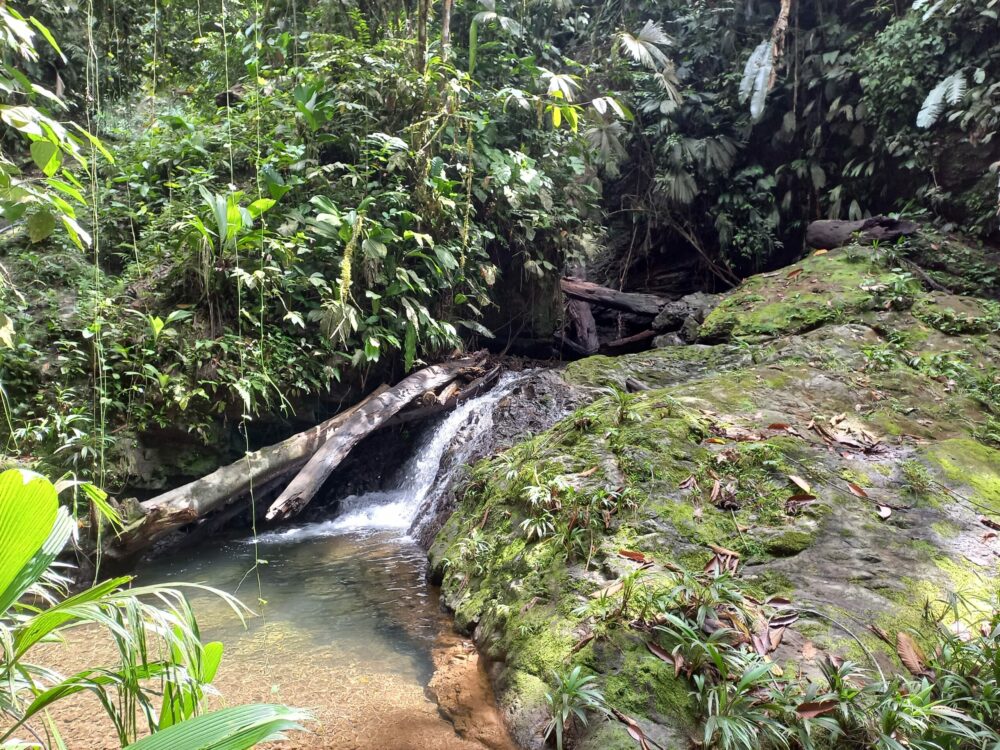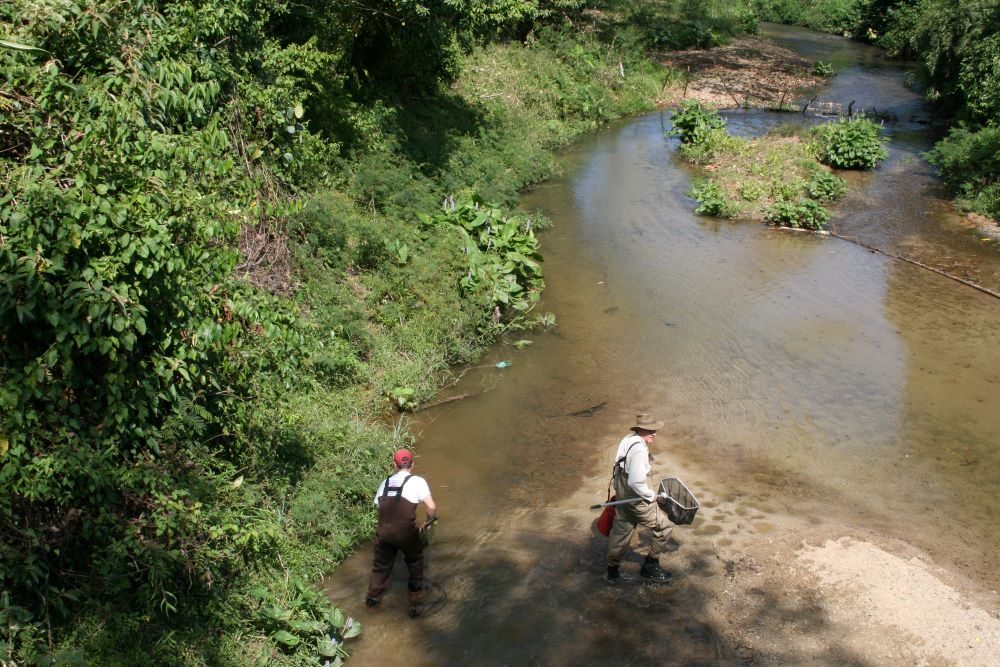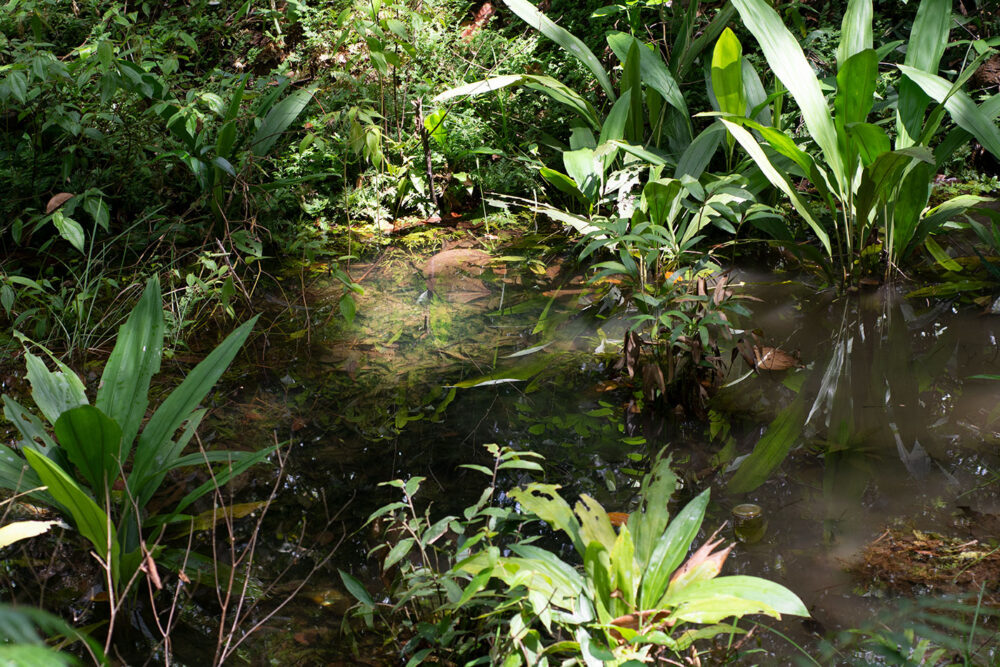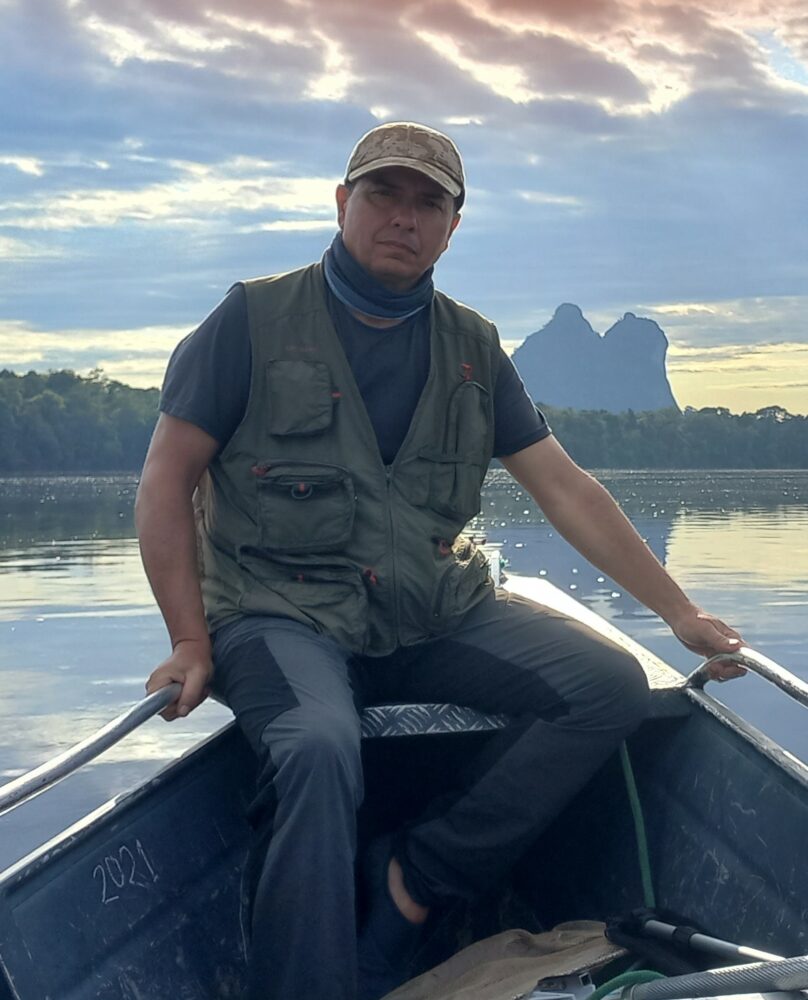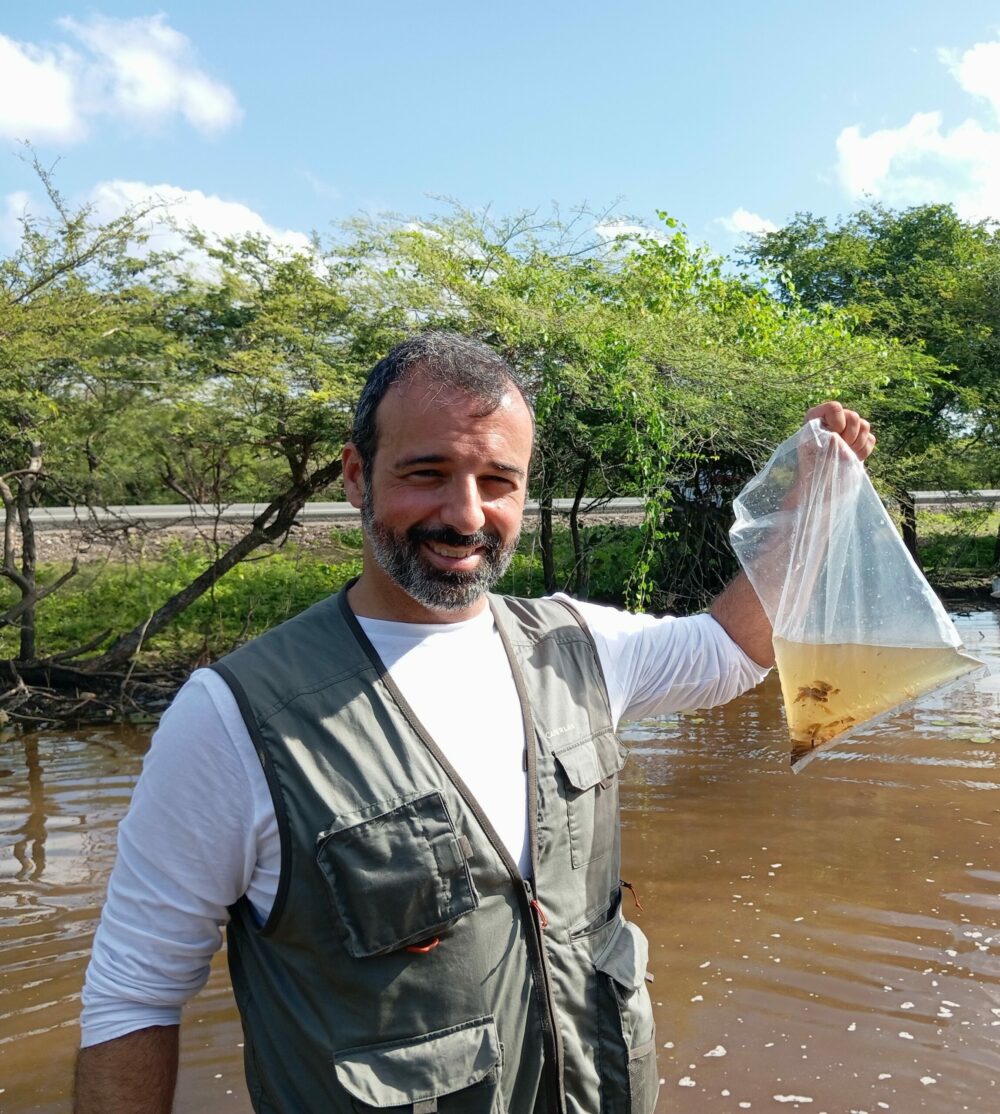The Killifish Collections
Project
A collaborative archive dedicated to collecting, validating, and sharing data on global killifish collections — preserving pure populations and sustaining knowledge across generations.
The Killifish Collections
Project
A collaborative archive dedicated to collecting, validating, and sharing data on global killifish collections — preserving pure populations and sustaining knowledge across generations.
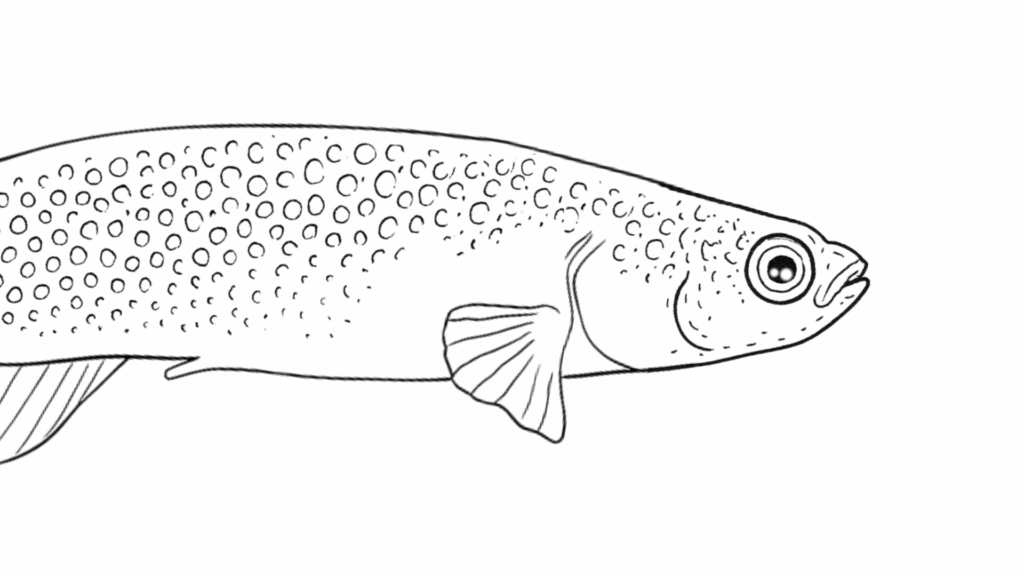

About the Project
Mission
- To make available information related to killifish collections all over the world.
Objectives
- Gather information concerning killifish collections in the wild;
- Gather information about collectors/explorers;
- Keep the information up-to-date, adding new expedition data as soon as available;
- Encourage the creation, maintenance, and dissemination of collection codes;
- Encourage checking the correctness of collection codes;
- Contribute to the maintenance of pure populations.


About the Project
Mission
- To make available information related to killifish collections all over the world.
Objectives
- Gather information concerning killifish collections in the wild;
- Gather information about collectors/explorers;
- Keep the information up-to-date, adding new expedition data as soon as available;
- Encourage the creation, maintenance, and dissemination of collection codes;
- Encourage checking the correctness of collection codes;
- Contribute to the maintenance of pure populations.

Fieldwork Around the World

TAXONOMY
Taxonomy is the science that identifies, describes, names, and classifies living (and fossil) organisms. As all fields of science, it is under constant revision and evolution, resulting in frequent changes not always free of controversy. Since the first records of wild killifish collections, changes have been significant and showing only the original specific designations would make it difficult to identify some species.
Therefore, The Killifish Collections Project aims at presenting updated systematic information but also showing the original information as presented by the collectors.
The Killifish Collections Project is aligned with the principles of Killi-Data. Nomenclature presented herein follows the version of killi-data.org at the date of the last page actualization. However, anyone choosing to follow other references (e.g. Eschmeyer’s Catalog of Fishes or Fishbase) will not find it difficult to identify the species. For any doubts, please contact us.
NOTICE
The Killifish Collections Project considers “Killifish” in the strict sense of oviparous Cyprinodontiform fishes, thus excluding viviparous and ovoviviparous species of that Order.
COPYRIGHT
Except from collection’s lists, mainly consisting of codes and species names that are public information, all other information presented at The Killifish Collections Project (texts, photos, videos, etc.) is copyrighted by the respective authors, is included herein with their express authorization and cannot be reproduced without permission.
If you wish to use any of that material, please contact us. We will do our best to put you in contact with the right persons/entities.
TAXONOMY
Taxonomy is the science that identifies, describes, names, and classifies living (and fossil) organisms. As all fields of science, it is under constant revision and evolution, resulting in frequent changes not always free of controversy. Since the first records of wild killifish collections, changes have been significant and showing only the original specific designations would make it difficult to identify some species.
Therefore, The Killifish Collections Project aims at presenting updated systematic information but also showing the original information as presented by the collectors.
The Killifish Collections Project is aligned with the principles of Killi-Data. Nomenclature presented herein follows the version of killi-data.org at the date of the last page actualization. However, anyone choosing to follow other references (e.g. Eschmeyer’s Catalog of Fishes or Fishbase) will not find it difficult to identify the species. For any doubts, please contact us.
Notice
The Killifish Collections Project considers “Killifish” in the strict sense of oviparous Cyprinodontiform fishes, thus excluding viviparous and ovoviviparous species of that Order.
Partner with Us
Except from collection’s lists, mainly consisting of codes and species names, all other information presented at The Killifish Collections Project (texts, photos, videos, etc.) is copyrighted by the respective authors, is included herein with their express authorization and cannot be reproduced without permission.
If you wish to use any of that material, please contact us. We will do our best to put you in contact with the right persons/entities.
Contribute to the Archive
Do you have field notes, stories or data related to killifish collecting?
Help us expand this archive by submitting your records.
Partner with Us
Interested in supporting this project or collaborating with us?
We’re open to partnerships that help expand and sustain the archive.
Contact us at: killifish.collections.project@gmail.com

Get in Touch
Questions, suggestions or ideas?
We’d love to hear from you.
Contribute to the Archive
Do you have field notes, stories or data related to killifish collecting?
Help us expand this archive by submitting your records.

Partner with Us
Interested in supporting this project or collaborating with us?
We’re open to partnerships that help expand and sustain the archive.
Contact us at: killifish.collections.project@gmail.com

Get in Touch
Questions, suggestions or ideas?
We’d love to hear from you.


